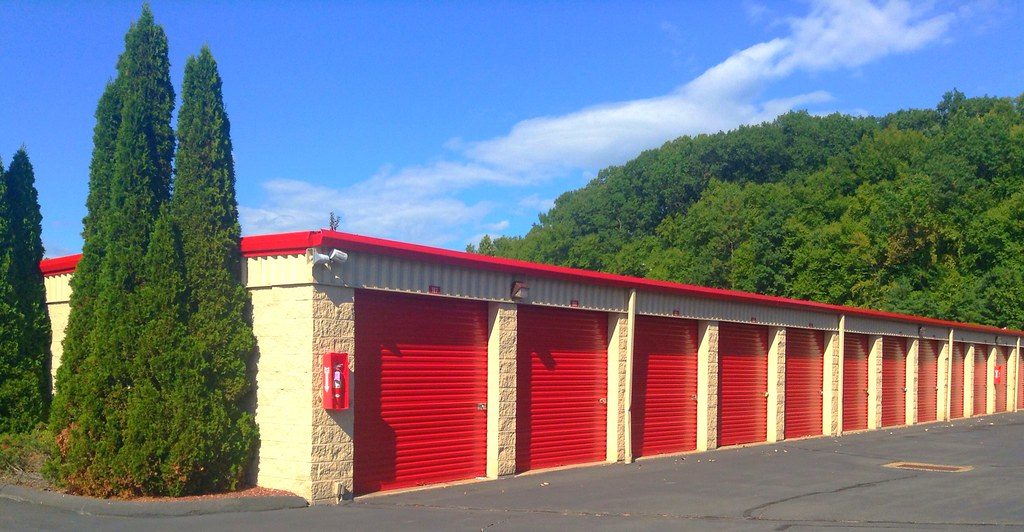
7 Things You Need To Know When Renting a Storage Unit
Imagine this: You feel anxious living in a cluttered home because you have too much stuff in it. From extra furniture to your doll collection, there are several reasons why you should invest in a storage unit. But if it’s your first time renting one, you should understand how this business works. This guide will tell you everything you need to know before choosing one.
1. Not all storage facilities are created equal.
This is the first thing you should keep in mind when choosing the right storage facility. Not every storage facility company operates the same. They operate differently when it comes to cleanliness, customer service, effectiveness, security measures, temperature control, and providing moving trucks and packaging materials. You should keep these factors in mind when choosing the right one.

2. You can’t stop burglars from breaking in.
Just because your storage facility comes with padlocks and security gates doesn’t mean burglars won’t break into it. Most burglars rent storage units, so they can receive access to the facilities late at night where they do their dirty work. They start by cutting padlocks using bolt cutters. Then they help themselves to some of your belongings.
So how can you prevent this problem from happening? Talk to the storage facility about the security measures they have in place. Find out if customers use padlocks or cylinder locks that can’t be removed by bolt cutters. Find out if they have alarms on each of the storage facilities, so customers know when their storage unit is being accessed.
There are some storage facilities that have security cameras on-site. The storage facility should use more than one, and their security cameras should cover every aspect of the grounds. Those security cameras should be operating 24 hours a day. Finding out this information will give you insight into the facility’s security measures and ensure that your questions are being answered efficiently.
3. Climate-controlled storage units protect your goods from inclement weather.
Wild and unpredictable weather can cause damage to your fabric, furniture, and other sensitive items. It’s common to find that some of your items have been ruined or damaged from heavy rain, humidity, snow, and temperature changes. To ensure that your items are protected from the elements, consider investing in a climate-controlled storage unit that keeps the climate consistent indoors. The items that you store will be safe inside, making it impossible for them to be damaged.
4. Consider the costs of storage facilities.
What you invest in a storage unit will depend on its size and how long you plan to use it. While most storage facilities operate month-to-month, others can give you a discount for long-term use. The pricing depends on various factors, including if the unit is indoors or outdoors, provides drive-up access, and includes climate control. Location can also be a driving factor for the cost of the storage unit.
5. Take the free truck rental.
While you might be able to fit most of your belongings in your pick-up truck, it’s better to use a free truck rental offered by your storage facility. A free truck rental makes it easier to transport heavy items in a single load, which reduces the time it takes to transport items to your storage unit. Most storage facilities offer free truck rental when you sign up for a storage unit.
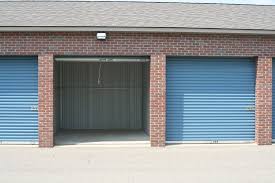
6. Insurance is dependent on the customer.
Most customers won’t enjoy hearing this piece of information. The storage facility is not responsible for what happens to your belongings. You have the option to purchase insurance at the time you purchase your unit. Before you purchase insurance from the facility, ask your insurance agent whether your homeowner’s or renter’s policy will cover storage at no extra cost.
7. Inspect and clean your vehicle before storing it.
You should be aware of a few things before storing a vehicle. It is essential to ensure that your car remains in good condition during its time in storage, especially since you won’t likely be checking on it regularly.
Make sure you filled up your car with gasoline before storing it. You should add a stabilizing agent to your car’s gas tank for storage times over two months. It will help prevent the gas in the tank from going bad and potentially damaging your fuel system’s essential parts.
Changing the oil before putting your car in storage helps avoid the risk of having dirty oil that thickens over time. If your oil thickens up, it can make starting your vehicle much more difficult, and potentially require an oil change before running again.
The battery is a critical component of your car, and leaving it unused for weeks or months could cause it to drain, and even start leaking battery acid. You can avoid this in some ways. You can use a trickle charger device, which connects to the battery and plugs into a wall socket, preventing drainage. The other option is to disconnect the negative terminal of the cell. If you take this route, you may lose some settings and presets for the radio and other devices, but the battery should be fine once its reconnected.

How To Make Moving A Pleasant Experience For Kids and Pets
Both kids and pets can become quickly stressed out when they are in the midst of moving to a new home. While their stresses may not be the same as the adults who are moving, they can still lead to irritation and fear. If you have pets and kids you’re going to move, whether across the country or in a town nearby, it’s important to prepare ahead of time. Fortunately, this won’t be as difficult as you may think if you begin with the tips from these Seattle movers below.
1. Pack Child-Friendly Snacks
One of the best ways to keep a child of any age happy during a move is to make sure they are fed. While meals are important, you should also pack adequate snacks to have available throughout the day. Keep in mind that you likely won’t have refrigeration, so only pack foods that are packaged and won’t spoil if they are not kept cold. Some great ideas include:
- Crackers
- Chips
- Popcorn
- Fruit Pouches
- Banana
- Apple
- Cookies
- Cheese Puffs
- Granola Bar

2. Discuss What’s Going on
Toddlers and older children will very likely notice that things are changing from the time they see the packing boxes. To help them understand, be open and discuss what’s going on weeks before you actually move. Then, the night before moving day, explain what is going to happen the next day. Include information about movers, the moving truck, and the trip to get to the new house. It’s also a good idea to show them pictures of the new house or even take them to it if you can.
3. Offer Comfort Items
For both kids and pets, comfort is important when moving. To help with this, provide them with items that will make them feel safe and less stressed. For kids, this could be a pacifier, blanket, stuffed animal, or even a favorite toy. For pets, this could be a blanket, crate, toy, or their favorite chew toy. Make sure to take these items and place them in a box before you pack, so they don’t accidentally get taken away.
4. Go to the Vet
Taking your pet to the vet before moving day will ensure they are healthy and physically able to take on moving. During this visit, ask your vet if they can prescribe something to help your pet relax. This may not be necessary for all pets, but it is helpful for those who experience high levels of anxiety when things change.
If possible, it can be helpful to have a friend tag along throughout the moving process. They can dedicate themselves to helping with the kids and pets so you can focus on the logistics of moving. Even if they only come while you load the moving truck, it can still give the kids and pets a break from everything else that is going on.
5. Load a Tablet
Most kids will appreciate having the distraction of movies and television on moving day. This will especially be helpful for long road trips or flights that can be boring for little ones.

Preparing the Whole Family
Pets and kids should be considered when it comes to the details of moving. By making sure they are calm and comfortable, you’ll have a much smoother experience from start to finish. Even if your move is just a few miles down the road, you can never be too prepared.

Seven Lessons You Can Learn From the Professionals When Moving Long Distance
A long-distance move could herald in a new beginning for the family, from new careers to following an international dream. The logistics of moving, however, are a bit more complicated than a simple, in-town transition. Explore the top seven lessons that you can learn from the professionals at Cheap Movers San Francisco. Long-distance moves require extra effort on everyone’s part.
1. Plan Far Ahead in Advance
Think of your move as a simple equation. A longer distance equates to more preparation time on your part. As soon as you know about the transition, research the proper movers. Be sure that they can complete the intrastate or interstate job, reports The Spruce. Every mover has its niche.
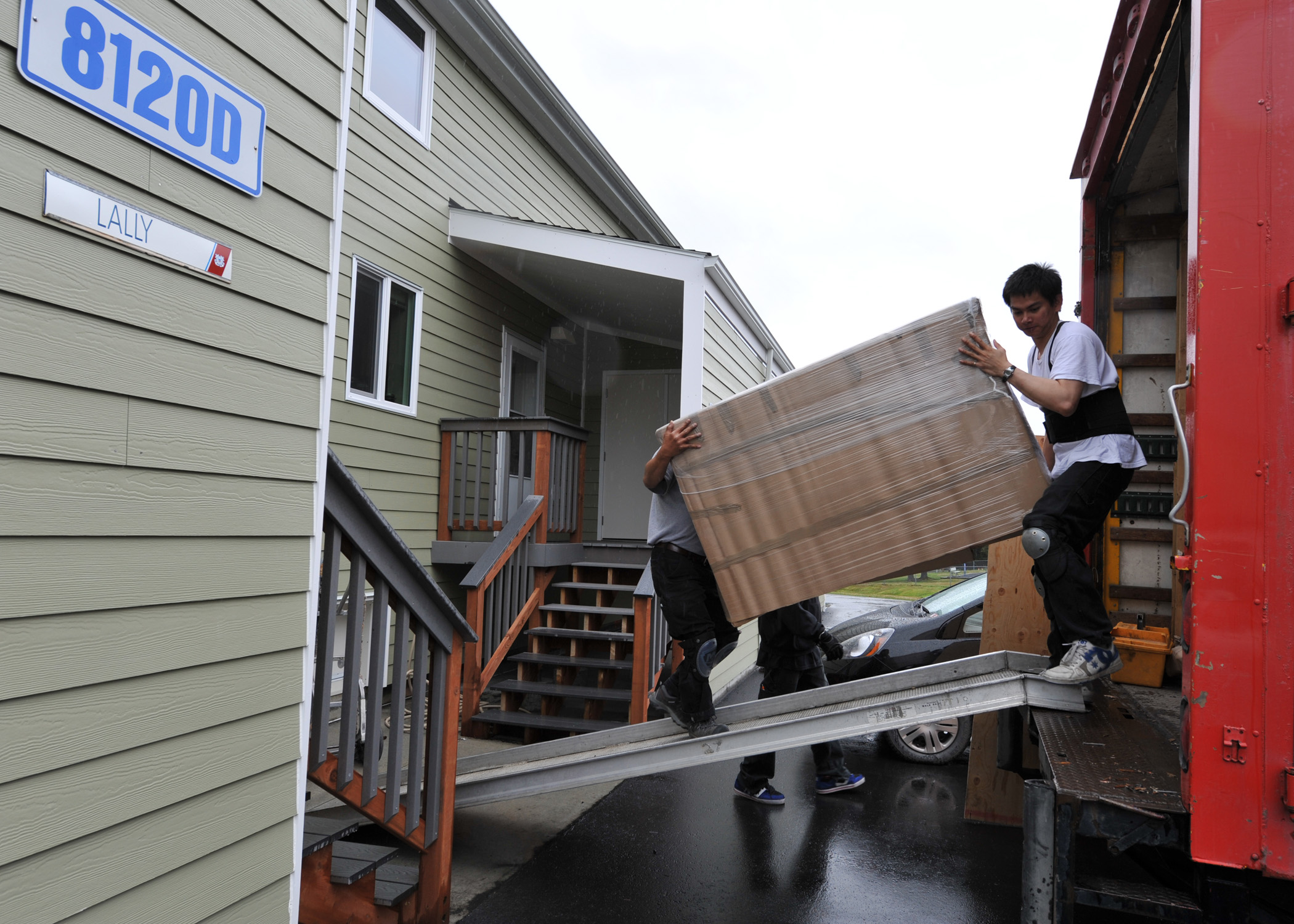
2. Purge as Much as Possible
With a moving appointment in writing, it’s time to start organizing your items. Ideally, you don’t want to move everything that you own. Start purging items that are unnecessary. Sell, donate, and throw away as many unwanted items as needed. Your packing process is instantly simplified with this task.
3. Know About Potential Obstacles
Nobody likes unwelcome surprises, especially on a long-distance move. Be aware of obstacles that might become challenges at your current and future homes.
These obstacles might include:
- Narrow stairwells
- Hills
- Bulky items
Movers understand that there will be challenges. Speak to your movers about these obstacles. Plans can be set up well before the move. The obstacles merely become part of the service instead of a major problem, suggests Home Advisor.
4. Set up Utilities Beforehand
It’s understandable to be more concerned about the tasks at the current residence as opposed to the new home. However, don’t forget to set up the utilities at the new property. Upon arrival, you’ll need electricity and gas. Go above and beyond by setting up your cable or Internet packages too. You can enter the home with no frustrations about light or air conditioning.
5. Stay With Your Belongings
Long-distance moves usually involve at least one overnight stay at a hotel. Always remain with the moving truck as you rest for the evening. Don’t stay at another property. Keep an eye on the truck too. You may want to take turns checking on the truck through the night. These trucks are secure, but they are tempting for thieves.
6. Be Aware of Truck Parking at the New Property
Before you even arrive at the new property, ask about the appropriate parking for the truck. There might be a designated area for new residents, especially in gated or condominium communities.
Speak with the movers about the parking situation beforehand. They can create a plan to get your items into the building without hindering everyday life in the community.
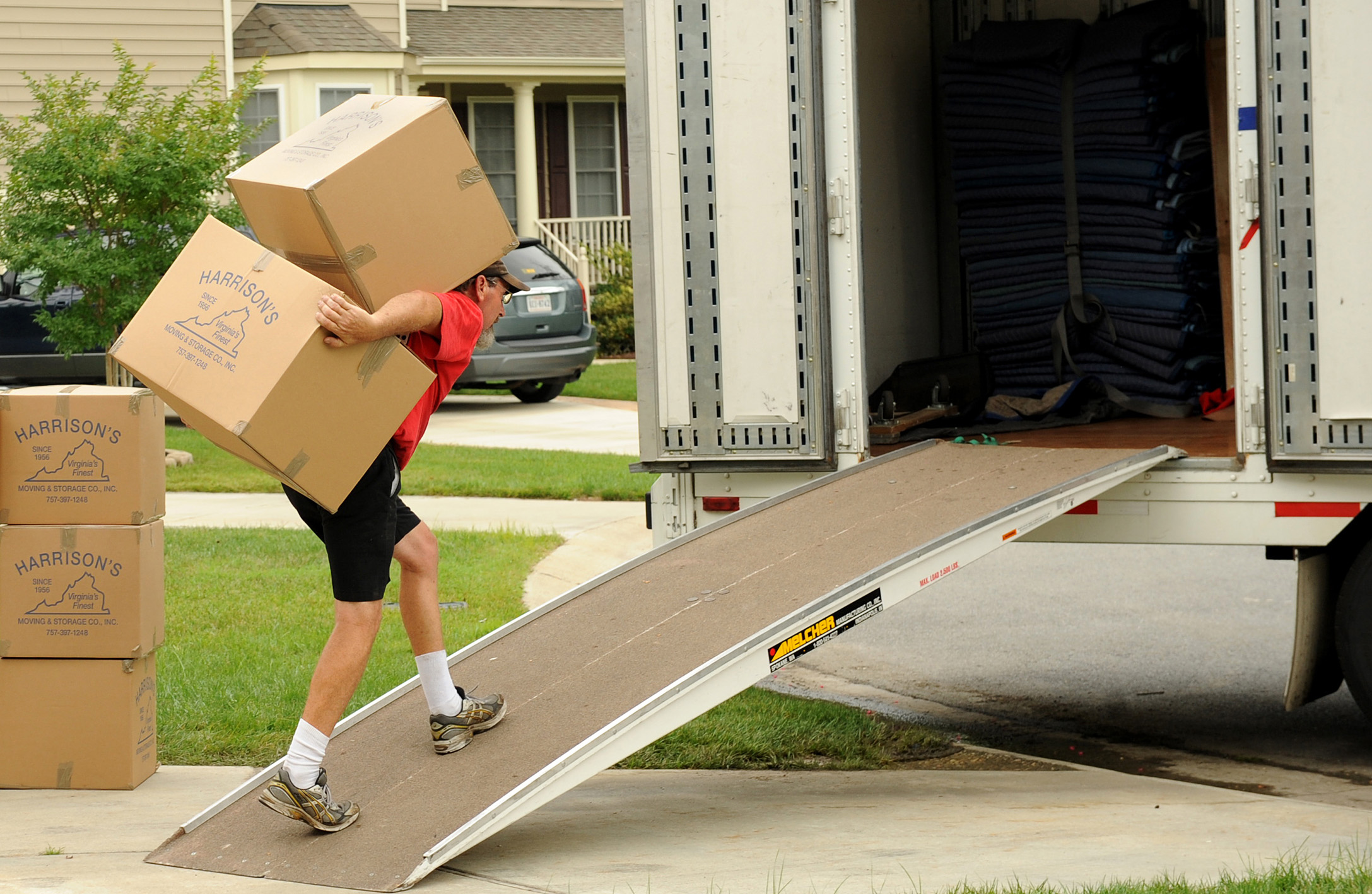
7. Tip the Movers With Exceptional Service
A long-distance move is a major endeavor for the moving company too. You might spend a few days with the movers. Be generous with a tip if you’ve received stellar service. It’s customary to offer a tip once the moving truck has been unloaded at the new property. Letting the movers know that they’ve done a good job is a great way to end your transition period.
Remember to keep patience as a constant companion as you go through the steps toward a long-distance move. There can be challenges, but you’ll move successfully in the end. Trust in the professionals’ advice in order to stay on track with your transition.
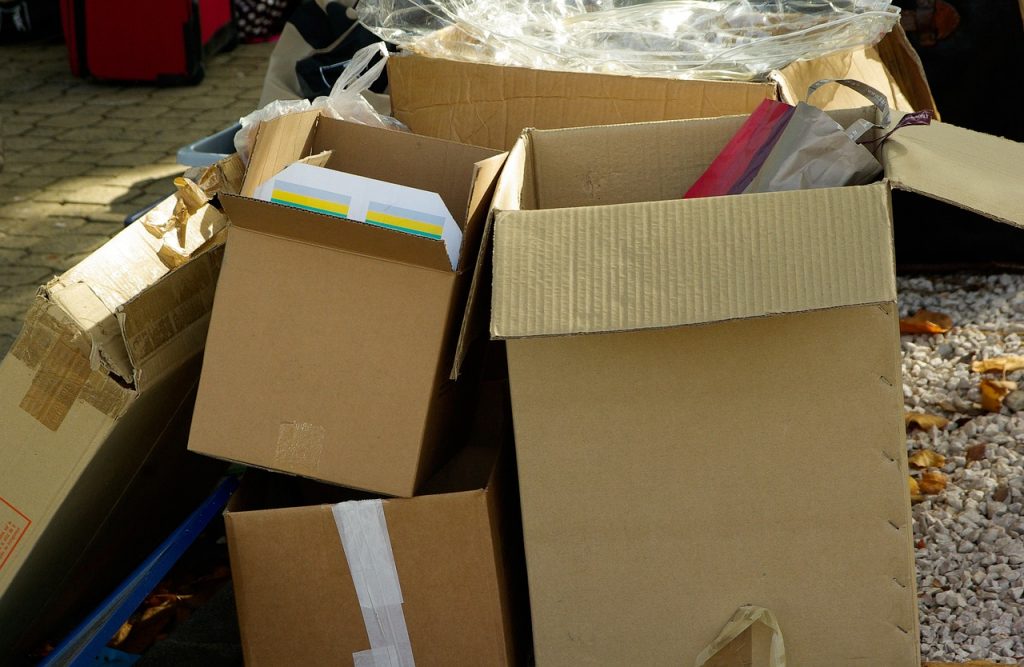
10 Essential Packing Supplies You Need to Get Before Moving
Packing for a move requires a lot of supplies. As we plan, we often expect to load up on castaway boxes and then buy some packing tape. For many belongings, that can do the trick, but for a full-house move that Read More
